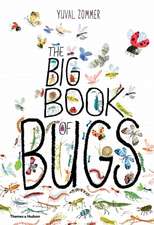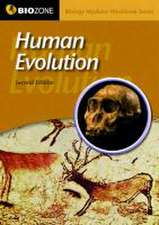Eaten Alive by Carnivorous Plants
Autor Kathleen J. Honda, Makoto Hondaen Limba Engleză Paperback
Preț: 75.76 lei
Nou
14.50€ • 15.14$ • 11.100£
Carte în stoc
Livrare din stoc 25 februarie
Specificații
ISBN-10: 1494916274
Pagini: 50
Dimensiuni: 152 x 229 x 3 mm
Greutate: 0.1 kg
Editura: CreateSpace Independent Publishing Platform
Descriere
This book is available in COLOR edition, B&W edition and Kindle edition. See www.honda-e.com/ea.htm This is an introductory book on carnivorous plants for a young audience. Ages 7-9. Grades 2-4. These are unique plants found in bogs and swamps. The soils where they grow are very poor in nutrition. In order to survive in these hostile environments, some plants have acquired an ability to catch and digest insects and other bugs. There are over 700 kinds of flowering plants that possess this meat-eating habit. These plants are collectively known as carnivorous plants because of their unique lifestyle. Carnivorous plants are found worldwide. Some grow widely while some are restricted to a small area. For instance, Venus flytraps grow wild only in coastal North & South Carolina in the United States. There are four major types of traps used by carnivorous plants: Snap trap (Venus flytrap), pitfalls (pitcher plants), flypaper traps (sundews & butterworts), and suction traps (bladderworts). You will learn each of these trapping mechanisms as you read along. Just as plants need to attract pollinators to their flowers, carnivorous plants need to attract prey to their deadly traps. In order to achieve this, many carnivorous plants disguise their traps with brilliant colors and sweet nectar, just like real flowers. Often, this trick is so effective that insects visit the trap in the same manner they do flowers, and are captured and eaten Did you know that you have to touch Venus flytrap's trigger hair, not once, but twice to close the trap? Venus flytraps catch and eat only large, worthy bugs, and tiny bugs are let go. How many times do you think you can trick a Venus flytrap's trap with your finger before it stops responding? All these and more are described in detail in the book. This is an informative natural science book filled with many vivid images accompanying the text. This book takes you to the natural habitats of North America where many carnivorous plants grow wild. This is a good reference book for a school science project. Enjoy









